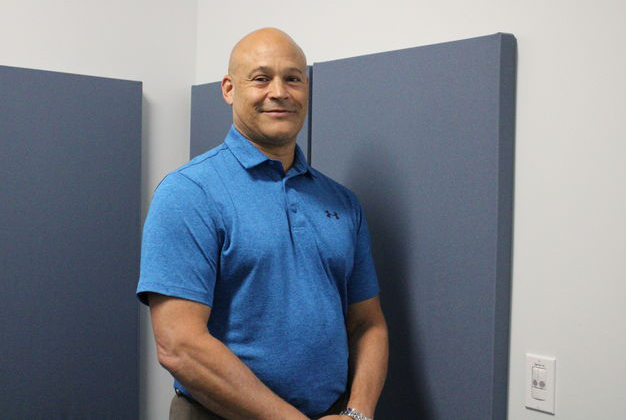Admission testing dwindling over the years
Claire Campbell is one of the few remaining students at the college who had to take an admissions test to get into her paramedic program.
In January 2017, she had been at the college doing academic upgrading; she had missed the deadline to do the Algonquin College Health Program Admission Test and had to wait until the following year to apply again.
An academic adviser suggested she take pre-health science, and Campbell did so to better prepare herself for the next round of AC-HPAT testing.
The 20-year-old passed and is now working her way through her first year as a paramedic student.
“It was unreal,” Campbell said about getting in the program, “No one was home and I got the letter in the mail… I think I read it a hundred times before it dawned on me I had succeeded.”
Campbell’s situation is becoming rarer and rarer. Of the more than 250 programs the college offers, only 15 currently require some sort of admissions test.
Minimum requirements for each program are set by the department heads. It then falls to the registrar’s office to help sort through the applications to establish whether these requirements were met.
In certain cases, the Testing Centre will get involved, explained Student Support Service’s associate director, Jeff Agate.
“If you have a student who applies to a program and they don’t have evidence that they meet the minimum admission requirements…they are given the option, of rather taking the courses that they need to demonstrate that they have those skills, to take an admission test,” said Agate.
Applicants in this situation have to be at least 19 years of age and usually don’t have a proper transcript. If they believe they have the skills required, they can take a test to prove it.
The other use for testing is to help programs and the registrar’s office select candidates when there is a large pool of applicants and not enough seats.
“A lot of health programs use an admission test to rank their applicants because they’re oversubscribed, and they need a way to identify the strongest candidates who are most ready to start their program,” said Agate.
The Faculty of Media and Design used to have a similar problem. For years their programs pulled in more candidates than spaces available. A test was done to pick the best students. When the number of people of applying began to drop, the test was scrapped. That was only one of the concerns.
“We were losing out on students that were going to other colleges,” said Dan Pihlainen, the chair of media studies, “simply because they had to take a test.”
Algonquin had been one of the last colleges to have this requirement. Many applicants also weren’t willing to pay $50 to participate in the test.
“It’s a barrier to entry for some people,” said Pihlainen, “and we are a provincially funded college that needs to be open. That was putting a barrier in front.”








